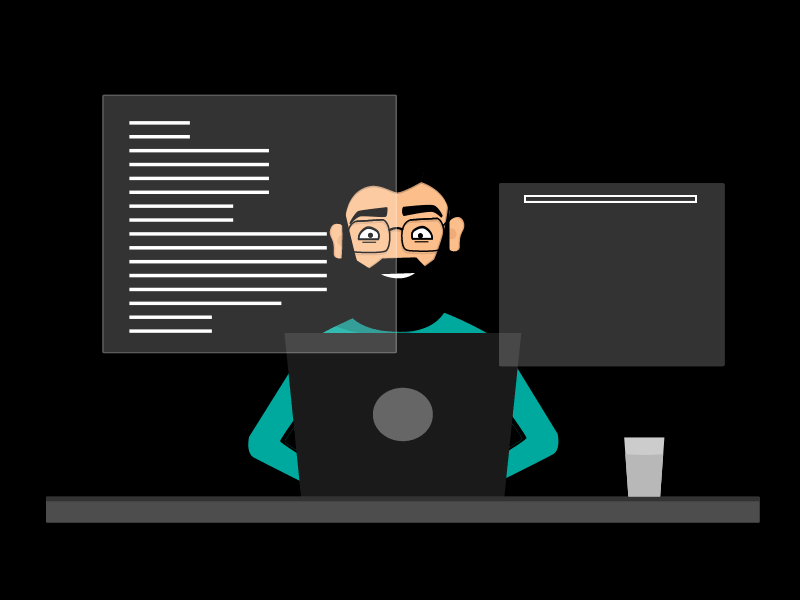Ever wonder why your competitors seem to have a crystal ball while you’re stuck staring at random price lists? In 2025, the secret sauce is no longer just good intuition—it’s Competitive Intelligence (CI) turned into a live, data‑driven engine. Picture a product feed that updates in real time, nudging your pricing, inventory, and marketing strategies into the sweet spot where margins and market share collide. 🎯🚀
From the point of sale to the last‑minute flash sale, every click, review, and price shift on the web tells a story. Yet, most e‑commerce teams still scrape a handful of pages weekly or rely on manual spreadsheet updates that can’t keep up with the pace of the market. The result? Missed opportunities, under‑priced items, and a customer experience that feels one step behind the competition.
Let’s break down the core concepts that elevate CI from a hobby to a competitive moat:
- Competitive Intelligence (CI) – A systematic, ongoing process to collect, analyze, and act on market data. It’s your compass in a jungle of pricing wars and product launches.
- Web Scraping – The engine that pulls public data from the web when APIs are absent or incomplete. Think of it as a disciplined field researcher.
- ETL / ELT – The pipeline that turns raw scraped content into a clean, analytics‑ready lakehouse. The choice of ETL vs. ELT can dictate how fast you iterate.
- Data Governance & Compliance – Ensuring GDPR, CCPA, and terms of service are respected. A solid governance framework protects your brand from legal pitfalls.
Over the last decade, the e‑commerce landscape has exploded: 2.7 trillion dollars spent online in 2023 alone, and subscription revenue expected to hit $20 billion by 2026. With so much money in motion, the only way to stay ahead is to know what’s happening across the web in real time.
🤖 Why do programmers prefer dark mode? Because light attracts bugs! 🐛

When you begin to treat CI like a continuous pipeline—scrape → transform → load → analyze—you’re not just gathering data; you’re building a decision‑making ecosystem. The methodology hinges on a few proven steps:
- Discovery & Planning – Define clear objectives: price monitoring, sentiment analysis, feature gap detection.
- Architecture Design – Choose the right stack (Python + Playwright for dynamic sites, Go + Colly for bulk, serverless for agility).
- Prototype & Validation – Build a minimal scraper, test selectors, handle pagination, and confirm data quality.
- Productionization – Modularize code, implement retries, rate‑limit, secure credentials, and containerize for consistency.
- Data Engineering – Normalize JSON to a canonical schema, deduplicate, enrich with brand and category, and store in raw & curated layers.
- Analytics & BI – Dashboards for pricing trends, sentiment heatmaps, and alerts for price drops.
- Monitoring & Maintenance – Set up failure alerts, auto‑detect selector drift, and schedule incremental pulls.
Consider a retailer that monitors 50,000 SKUs across 30 competitors. If a rival drops a price by 15% overnight, their automated alert system can trigger a dynamic repricing strategy within minutes, preventing margin erosion. In 2024, companies that invested in automated CI saw a 20% faster time‑to‑market for new products and a 12% lift in conversion rates.
🐍 Python is named after Monty Python, not the snake. Now that’s some comedy gold! 🎭

Real‑world applications stretch beyond pricing. Here are a few high‑impact use cases:
- Product Gap Analysis – Identify missing features in your catalog by scanning competitor listings and customer reviews.
- Sentiment‑Driven Marketing – Extract and aggregate sentiment from reviews, forums, and social media to tailor messaging.
- Supply‑Chain Forecasting – Correlate competitor inventory levels with your own stock to prevent stockouts or overstock.
- Launch Timing Optimisation – Use launch calendars and press releases to time your own product introductions strategically.
What’s the ROI? A well‑engineered CI system can reduce price‑war losses by up to 30%, cut marketing spend per acquisition by 15%, and accelerate product launches by 25%. These numbers translate into tangible dollars: a mid‑size retailer with $50 M annual sales could save $1.5 M annually just from smarter pricing.
Of course, the road to CI greatness is paved with challenges. IP bans, CAPTCHAs, dynamic content, and legal compliance can trip up even the most seasoned teams. The trick is to anticipate these obstacles and embed resilience into every layer:
- IP Rotation & Residential Proxies – Keep traffic natural and avoid throttling.
- Captcha Solving Services – Integrate 2Captcha or anti‑captcha solutions for high‑traffic sites.
- Headless Browsers & Stealth Mode – Playwright or Puppeteer with stealth plugins to bypass bot detection.
- Legal Checks & Data‑Anonymisation – Regular audits of terms of service and GDPR‑friendly processing.
- Incremental Pulls & ETag Checks – Reduce API load and cost by pulling only changed data.
Looking ahead, the CI landscape will be shaped by AI‑powered extraction, real‑time streaming feeds, and a shift toward “data‑as‑a‑product” offerings. Imagine a platform that not only scrapes but automatically classifies products, detects brand infringements, and predicts price elasticity with built‑in models—all packaged as a SaaS API.
In the end, CI isn’t a one‑off project—it’s an ongoing competitive advantage. By marrying disciplined data pipelines with sharp business instincts, you transform raw web noise into actionable intelligence. Whether you’re a small niche shop or a large marketplace, the right CI strategy can turn the web into your most valuable partner.
Ready to start turning the web into a structured intelligence engine? Reach out to BitBytesLab—your trusted partner for web scraping, data extraction, and transformative consulting. Let’s unlock the data that fuels your growth and drive your e‑commerce strategy into the future. 💪🌟





